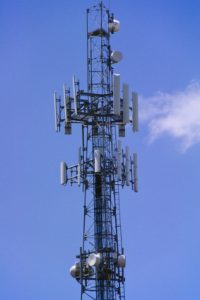
5G mobile provision offer many benefits over 4G including higher speeds and lower latency, a basic requirement for enhanced mobile broadband (eMBB) services. Demands on mobile resources are forecast to significantly increase with the growth in massive machine type communications (mMTC) with applications including automated guided vehicles, remote surgery, and robotic factories.
Yet there are several barriers to the expansion of 5G services especially in suburban and rural areas. The highest speeds are achieved with small cells so requiring more base stations. And these must be served by high speed, low latency backhaul connections to the mobile operator’s core network, with optical fibre the obvious candidate.
It has been estimated that around 6 million small cell sites are required to cover 5G across the EU with around 12 million additional fibres needed to serve those cells.
With civil works contributing around 80% of the cost of fibre deployment, there is an economic case for sharing the infrastructure of operators that provide fibre to the home (FTTH) services. The use of the latest types of passive optical network such as XGS-PON, 25G PON or NG-PON2 makes this backhaul solution more viable.
So, it can be argued that the spread of 5G services is tied to the expansion of fibre broadband with co-operation between their providers being beneficial to both.
Want to learn more about mobile and FTTH service provision or have staff requiring upskilling: PTT courses such as “Next generation access networks”, “Introduction to mobile systems” and “Mobile radio communications” provide a proven, cost-effective solution.